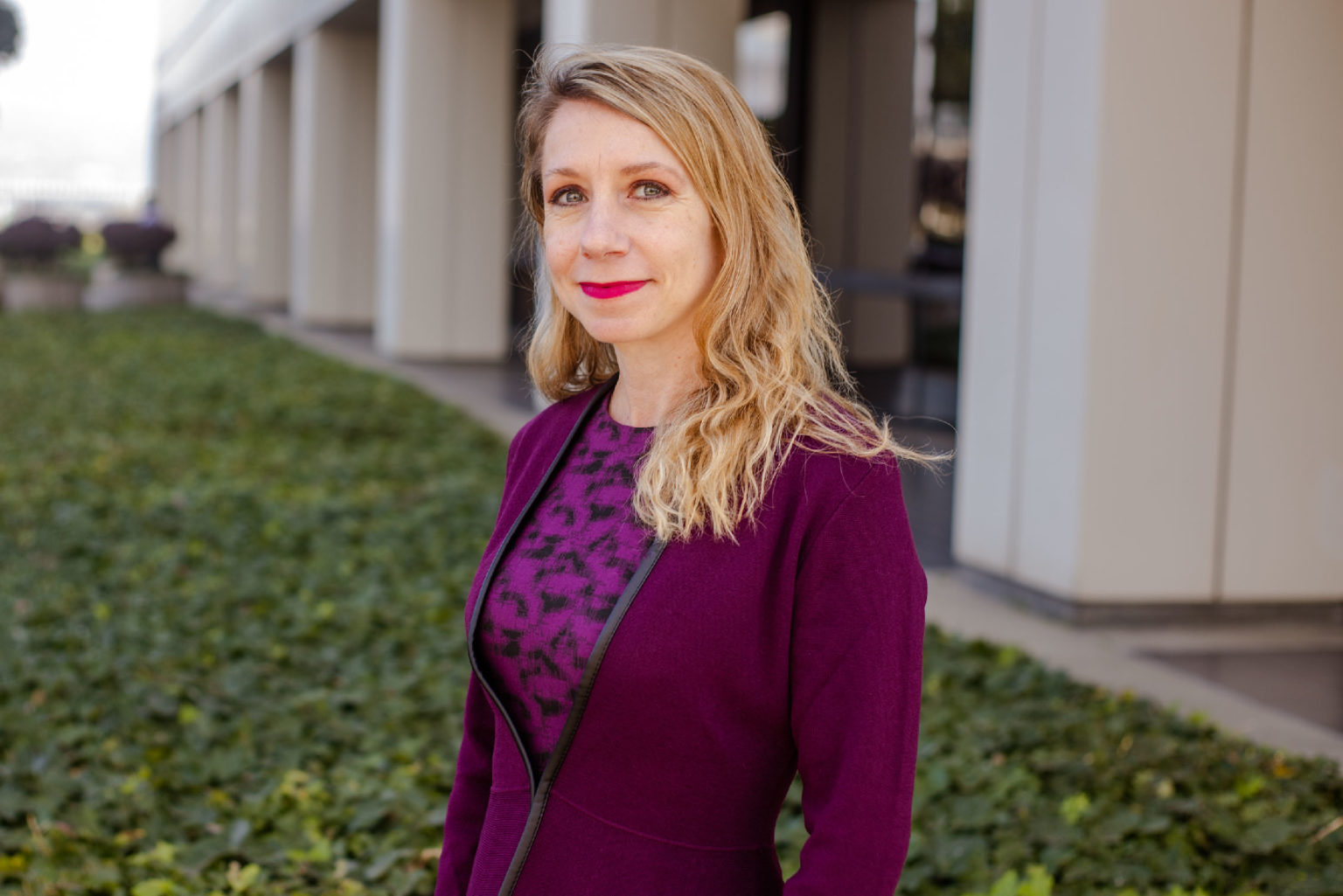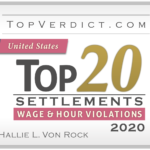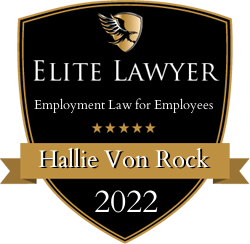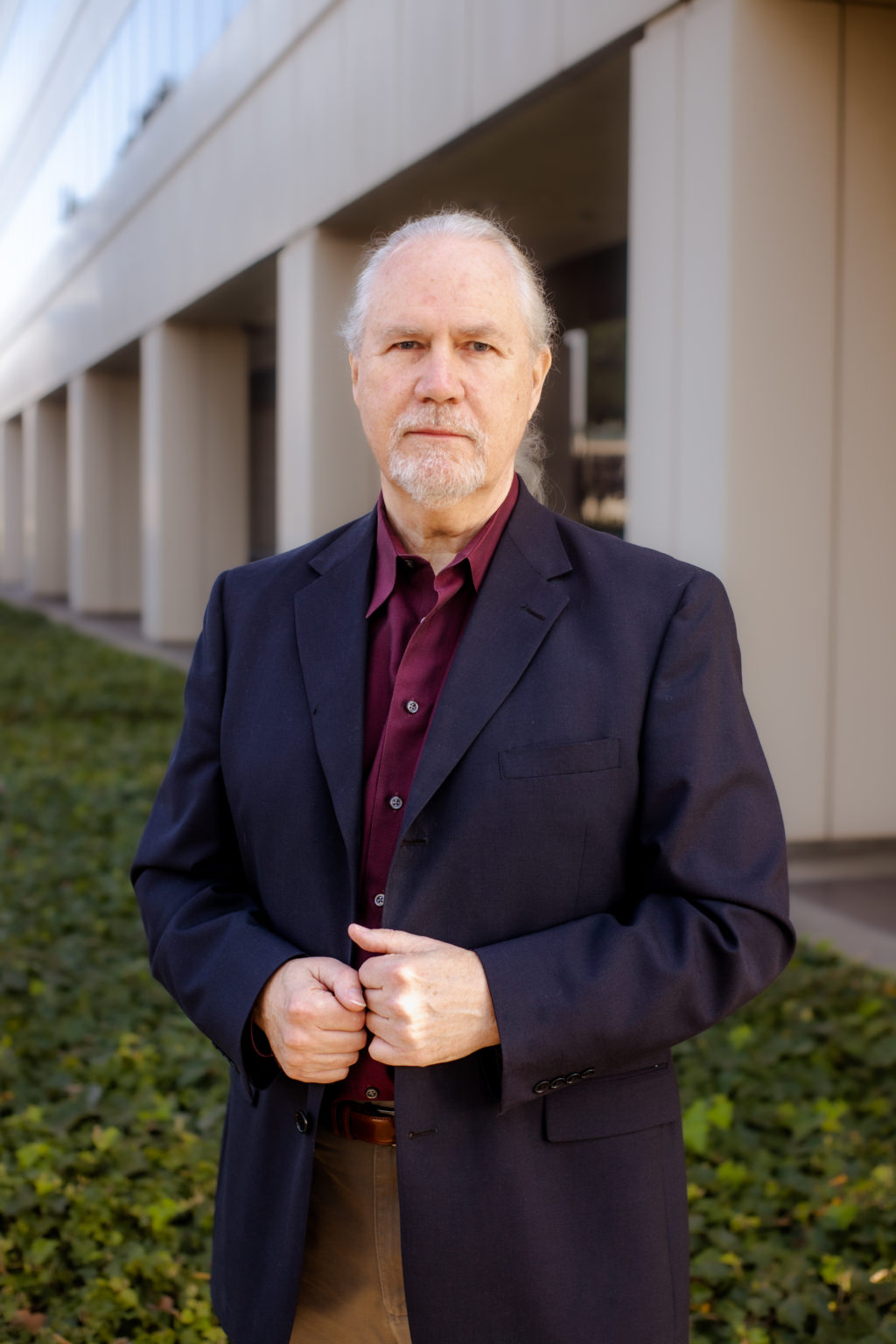 In 2015, Governor Jerry Brown signed AB 1513, and it went into effect on January 1, 2016. And wow, were the owners of salons and spas in for a surprise. You see, hair stylists and massage therapists have traditionally been paid by the job, with part of the price of the service going to the establishment and the rest going to the service provider. AB 1513 is now forcing salon and spa owners to completely overhaul their compensation plans.
In 2015, Governor Jerry Brown signed AB 1513, and it went into effect on January 1, 2016. And wow, were the owners of salons and spas in for a surprise. You see, hair stylists and massage therapists have traditionally been paid by the job, with part of the price of the service going to the establishment and the rest going to the service provider. AB 1513 is now forcing salon and spa owners to completely overhaul their compensation plans.
What Is AB 1513?
Traditionally, anyone who worked for a piece-rate was paid according to how many units they produced, or times they performed a service. For spa and salon workers, what often happened was that salon owners averaged the total dollars earned as divided by total hours worked, and they figured they were in the clear if that average was more than minimum wage. This meant that weeks where few clients came in, hair stylists and massage therapists barely scraped by.
AB 1513 added section 226.2 to the California Labor Code. This section establishes that ‘rest and recovery periods’ must be separately tracked and compensated for piece-rate workers. They must be compensated for non-productive time, too.
When the section says ‘rest and recovery,’ they mean the standard ’10 minutes for 3.5 to 6 hours worked’ that hourly employees get. They don’t have to track every minute that you are on break, as the 10 minutes are all that are getting compensated. If an employer doesn’t provide this rest time, they owe the employee an hour’s worth of the regular wage for every day that the rest period was missed.
For hairstylists and massage therapists, though, the real kicker is the ‘non-productive’ time. You know, the time spent waiting for clients, folding towels, sweeping up hair and helping at the front desk. This must be tracked separately and compensated at a rate that is at least the minimum wage.
How Are They To Be Compensated?
The amount that a person must be paid for rest and recovery times is either the applicable minimum wage or an average hourly rate that is worked out by dividing the total amount earned by the hours worked. The employer has to use the higher amount, and can’t include rest time or overtime in their calculations.
Now, as far as compensating non-productive time, there is an out for employers who don’t want to track the hours separately. They can pay minimum wage for all hours worked and then just add the piece-rate compensation on top of that. If they opt out of that, they do have to determine the hours worked on non-productive activities and list them on their own line on a pay stub. An employer can decide how many hours were worked by keeping records or relying on the employees’ reasonable estimate.’
The rest and recovery periods should have their own line on a wage statement, too.
Back pay was included in the bill, too. If you have worked as a salon or spa worker since July 2012 and didn’t get paid for rest periods, you should have received either 4% of your total earnings going back to 2012, or all the back pay you were owed for all those missing breaks.
What Can You Do If You Are Not Getting Compensated Fairly?
When salon owners try to weasel out of paying for breaks and non-productive time, you can bring a claim to the Wage Claim Adjudication Unit. Some employers have salon workers sign arbitration agreements that mandate that employees go through a mediator, so you will have to check for one before you file a claim.
You can also file a lawsuit. Just like the manicurists that formed a class action law suit over minimum wage violations, you bring suit against the salon owners. Whichever of these actions you take, you will want to contact an employment-law lawyer for legal advise.
Salon and spa workers have for far too long been short-changed by piece-rate compensation plans. If your boss doesn’t pay you for down time, you can contact Aiman-Smith & Marcy. We’re a smaller sized law firm that specializes in employment law, consumer fraud and class-action lawsuits. We’re here to help you get what you deserve.





